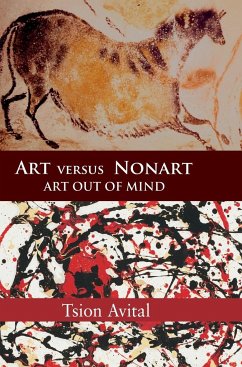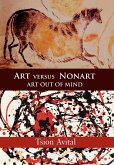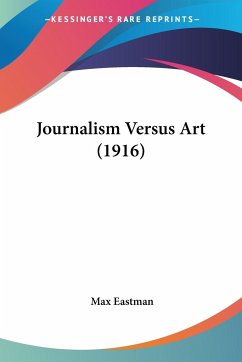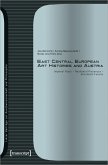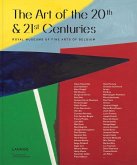Short description/annotation
Tsion Avital poses the question: 'Is modern art art at all(?)33;'.
Main description
In Art versus Non-Art, Tsion Avital poses the question: 'Is modern art art at all(?)33;' He argues that much, if not all, of the nonrepresentational art produced in the twentieth century was not art, but rather the debris of the visual tradition it replaced. Modern art has thrived on the total confusion between art and pseudo-art and the inability of many to distinguish between them. As Avital demonstrates, modern art has served as a critical intermediate stage between art of the past and the future. This book proposes a new way to define art, anchoring the nature of art in the nature of the mind, solving a major problem of art and aesthetics for which no solution has yet been provided. The new definition of art proposed in this book paves the way for a new and promising paradigm for future art.
Table of contents:
Part I. Disillusionment: Introduction: the twentieth-century: the nonart era; 1. Art in a paradigmatic crisis; 2. Modern art and the logic of pretense; 3. Is there abstraction in abstract art(?)33;; 4. Aesthetics in the service of the new barbarism; Part II. Mind and Art: 5. Mindprints: the structural shadows of mind-reality(?)33;; 6. The breakdown of hierarchy in twentieth-century art and its implications for present and future art; 7. Is figurative representation arbitrary(?)33;: a reexamination of the conventionalist view of art and its implications for nonfigurative art; 8. Symmetry: the connectivity principle of art; 9. Figurative art versus abstract art - summary table.
Hinweis: Dieser Artikel kann nur an eine deutsche Lieferadresse ausgeliefert werden.
Tsion Avital poses the question: 'Is modern art art at all(?)33;'.
Main description
In Art versus Non-Art, Tsion Avital poses the question: 'Is modern art art at all(?)33;' He argues that much, if not all, of the nonrepresentational art produced in the twentieth century was not art, but rather the debris of the visual tradition it replaced. Modern art has thrived on the total confusion between art and pseudo-art and the inability of many to distinguish between them. As Avital demonstrates, modern art has served as a critical intermediate stage between art of the past and the future. This book proposes a new way to define art, anchoring the nature of art in the nature of the mind, solving a major problem of art and aesthetics for which no solution has yet been provided. The new definition of art proposed in this book paves the way for a new and promising paradigm for future art.
Table of contents:
Part I. Disillusionment: Introduction: the twentieth-century: the nonart era; 1. Art in a paradigmatic crisis; 2. Modern art and the logic of pretense; 3. Is there abstraction in abstract art(?)33;; 4. Aesthetics in the service of the new barbarism; Part II. Mind and Art: 5. Mindprints: the structural shadows of mind-reality(?)33;; 6. The breakdown of hierarchy in twentieth-century art and its implications for present and future art; 7. Is figurative representation arbitrary(?)33;: a reexamination of the conventionalist view of art and its implications for nonfigurative art; 8. Symmetry: the connectivity principle of art; 9. Figurative art versus abstract art - summary table.
Hinweis: Dieser Artikel kann nur an eine deutsche Lieferadresse ausgeliefert werden.

